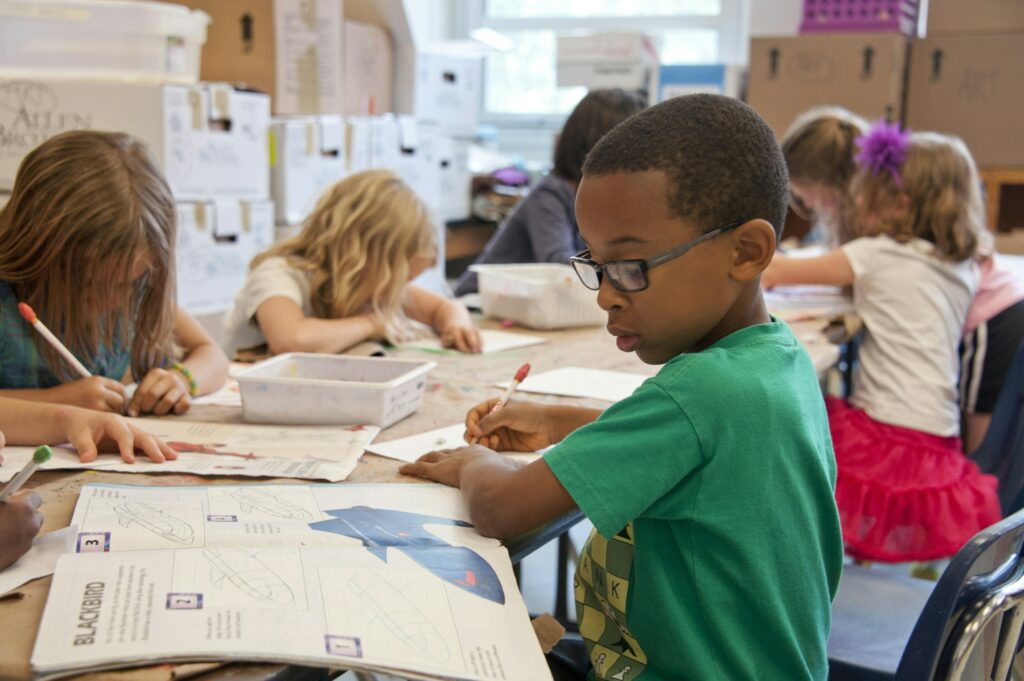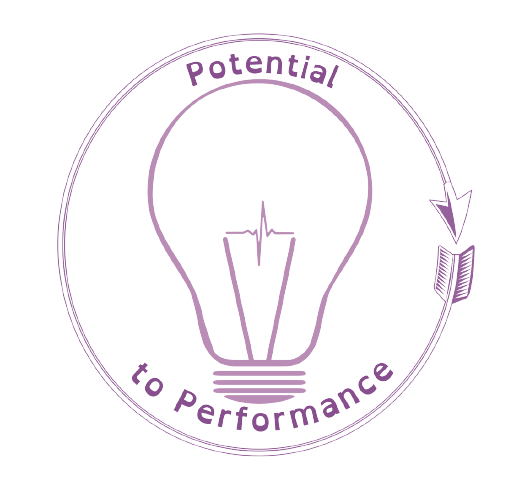By Brooke Trenwith

Published on 28 March 2024, ERO released a new evaluation report on behaviour in NZ classrooms. Their summary states:
“Good classroom behaviour is critical for creating learning environments in which students can learn and achieve, and teachers can be most effective. But ensuring positive behaviour isn’t just up to schools – it requires shared responsibility and deliberate, joint actions. This report describes the challenging behaviours teachers face in schools, the impact of those behaviours, and recommendations for action. Our companion good practice report also shares examples of how teachers and schools can effectively manage behaviour.”
And the media reported:

And our advocacy groups posted (if you are not following NATINA on FB, you need to be):

The report was not an enjoyable read and, like most evaluation reports, lacked the nuance of information behind the statements.
“Student behaviour has become worse in the last two years.” (p.3)…
Hmmm has anything significant happened in the last two years????
Maybe we came out of a global pandemic?
Maybe all people’s stress responses are heightened?
Just wondering whether this has an impact.
Is behaviour an issue in our schools? Absolutely.
Has it gotten worse since Covid? Yes.
I guess the concern I have around this report is the focus on increasing accountability without increasing psychological safety – this is going to lead to more anxiety in our staff and students which then will result in more attendance issues.

Edmondson, A. C. (2012). Teaming: How organizations learn, innovate and compete in the knowledge economy. San Francisco; CA: Wiley & Sons
So, I am going to add my two cents to p. 5 – 7 to help schools look at this report slightly differently. These thoughts are about how to align psychological safety with the practice areas.
Evidence-Based Practice Areas – Proactive Approaches
| From the ERO Report | My 2 cents… | |
|---|---|---|
| Practise Area 1 | Know and understand students and what influences their behaviour This involves teachers sourcing information about the range of factors that influence student behaviour. These include past behaviours and incidents, attendance and achievement information, individual needs, and family or wider community contexts. Knowing about these influences equips teachers to understand classroom behaviours and choose effective strategies. | * Understand the neuroscience of how our students’ (and our) brains work. When are we capable of learning? Fight, Flight, Freeze are essentially ‘behaviour issues’ in schools. * Consider how your school systems are supporting or challenging executive functioning. How are we setting our kids up for success? A 6-day timetable is just asking for behaviour issues. * Train teachers in coaching skills so that they can have impactful conversations with each other that investigate these issues. * As a first step, read Misunderstandings of Discipline. |
| Practise Area 2 | Use a consistent approach across the school to prevent and manage challenging behaviour A whole-school approach to behaviour management means all staff and students have shared understandings and clear expectations around behaviour. A whole-school approach includes training on how to implement agreed behaviour management strategies, and careful monitoring across the school through systematically tracking behaviour data. | * Remove Behaviour Management Policies and replace them with Behaviour Response Policies (look at the Ngātea School example in their guest blog). * Clear expectations also include the teachers. If students misbehave in class but are not allowed fidget tools (for example) and then are ‘behaving fine’ in classes where they can use the fidget tools, is it really about the student? * Track behaviour data – but consider other triggers beyond the student. Is it one classroom that has more issues? Does that classroom have black mould or a flickering light? Both can trigger a fight or flight response in a dysregulated body (student or teacher). |
| Practise Area 3 | Use strategies in the classroom to support expected behaviour Classroom strategies for managing behaviour start with setting high behavioural expectations and clear, logical consequences for challenging behaviour. These are developed and implemented with students, documented, discussed often, and consistently applied. The classroom layout (e.g. seating arrangements, visual displays) aligns with these expectations. | * Social stories and modelling that focus on setting up safety rather than compliance will do this. * Yes, develop them with students. * Don’t call it a Treaty… it will be broken and it is re-traumatising mana whenua. * Those strategies need to include self-regulation and co-regulation techniques. * They also need to support teachers about what to do to de-escalate a situation and then how to have a restorative conversation that outlines goals for both the teacher and the student (e.g. if the child was acting out due to not understanding the work, the emphasis needs to be on the teacher providing more scaffolding NOT the student asking for support – we are the adult in the room with the fully developed pre-frontal cortex) * Build the relationship with students – connect 1:1 for 5 mins a week (Primary school single class) or 5 mins a month (Secondary school multiple classes). Know three personal things about each student – what is a special interest/hobby? What do they like to do? Name of their pet? Help all kids feel seen, heard and valued. |
| Practise Area 4 | Teach learning behaviours alongside managing challenging behaviour This involves explicitly teaching students positive classroom behaviours like listening to instructions, working well with classmates, monitoring their own behaviour, and persisting with classroom tasks. Setting students up with positive learning behaviours reduces the need to manage challenging behaviour. | * Teachers also need to consider how they are giving instructions and promoting engagement in the classroom. * Learn strategies to support neurodivergent students (e.g. Goblin Tools), and differentiate your activities to ensure that they are in each student’s Zone of Proximal Development (not too easy, not too hard – the Goldilocks’ Zone) * Brophy’s Expectancy x Value = Motivation is a great place to start to look at why students are engaging or not engaged. Engagement decreases challenging behaviour. |

Evidence-Based Practice Areas – Reactive Approaches
| From the ERO Report | My 2 cents… | |
|---|---|---|
| Practice Area 5 | Respond effectively to challenging behaviour This involves teachers being confident in a range of effective responses to challenging behaviour. Strategies include clear and immediate feedback to correct minor challenging behaviours like talking at inappropriate times, as well as logical consequences for more serious or recurring behaviours. | * ‘Logical’ is subjective. BoTs have stood down neurodiverse students for ripping a page out of a book… Have clarity about what is ‘serious behaviour’ to prevent reactive decisions in dysregulated adults. * Train teachers on how to de-escalate behaviour to prevent the minor from becoming the major. * Help staff to learn how to self-regulate so that they are capable of co-regulating. |
| Practice Area 6 | Use targeted approaches to meet the individual needs of students Targeted approaches are intended for students with the most challenging behaviour. Leaders and teachers work with experts and parents and whānau to plan and implement specific strategies for individual students, that align with the whole-school behaviour management approach. | * For many neurodiverse kids, we need to get the learning conditions right for them for targeted approaches to work. * Consider your IEP framework. How is it supporting social, emotional and learning needs? * Targeted approaches could mean downtime with a device to help the student self-regulate (how does that fit in with the phone ban?) * What accountability are you putting in place around teachers who do not use the targeted approaches (e.g. I won’t let them use fidget tools in my class or put on headphones)? When not following this leads to behaviour issues, who is the accountability placed on – the teacher or the student? |
If we, as a country, are looking to improve behaviour in our schools, we need to look beyond compliance and ‘following the rules.’ Our way forward involves:
- Personalising the learning for students.
- Teaching all staff in our schools the neuroscience around learning and behaviour.
- Just in time and just for me PLD for teachers around neurodiversity (which is going to increase in our classes).
And above all, stop beating up our teachers and using them as a political football.
